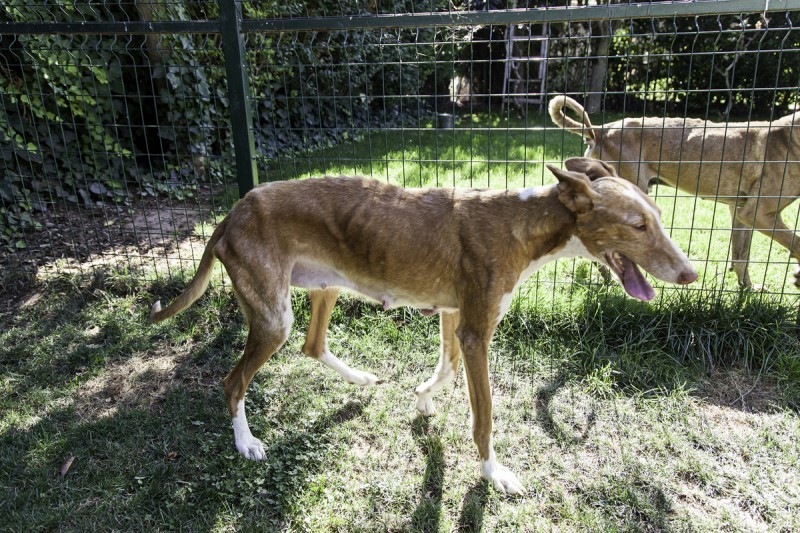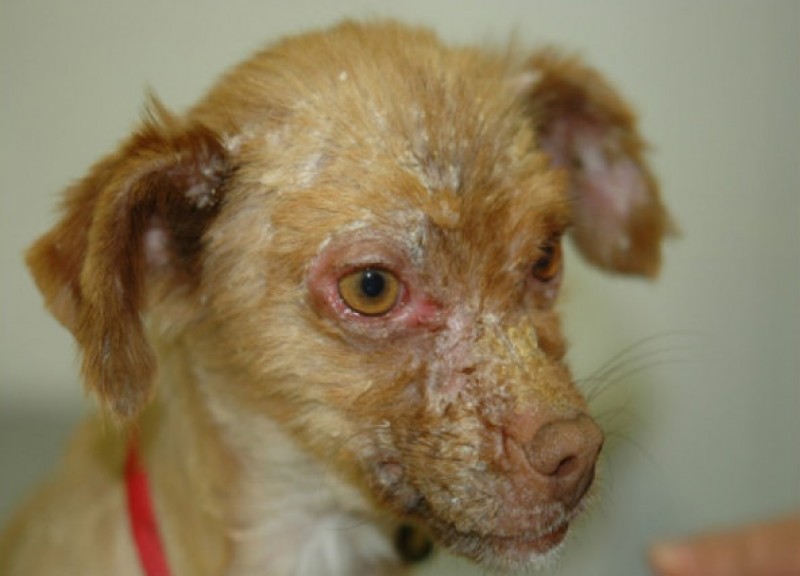- Region
- Águilas
- Alhama de Murcia
- Jumilla
- Lorca
- Los Alcázares
- Mazarrón
- San Javier
-
ALL AREAS & TOWNS
- AREAS
- SOUTH WEST
- MAR MENOR
- MURCIA CITY & CENTRAL
- NORTH & NORTH WEST
- TOWNS
- Abanilla
- Abarán
- Aguilas
- Alamillo
- Alcantarilla
- Aledo
- Alhama de Murcia
- Archena
- Balsicas
- Blanca
- Bolnuevo
- Bullas
- Cañadas del Romero
- Cabo de Palos
- Calasparra
- Camping Bolnuevo
- Campo De Ricote
- Camposol
- Canada De La Lena
- Caravaca de la Cruz
- Cartagena
- Cehegin
- Ceuti
- Cieza
- Condado de Alhama
- Corvera
- Costa Cálida
- Cuevas De Almanzora
- Cuevas de Reyllo
- El Carmoli
- El Mojon
- El Molino (Puerto Lumbreras)
- El Pareton / Cantareros
- El Raso
- El Valle Golf Resort
- Fortuna
- Fuente Alamo
- Hacienda del Alamo Golf Resort
- Hacienda Riquelme Golf Resort
- Isla Plana
- Islas Menores & Mar de Cristal
- Jumilla
- La Azohia
- La Charca
- La Manga Club
- La Manga del Mar Menor
- La Pinilla
- La Puebla
- La Torre
- La Torre Golf Resort
- La Unión
- Las Palas
- Las Ramblas
- Las Ramblas Golf
- Las Torres de Cotillas
- Leiva
- Librilla
- Lo Pagan
- Lo Santiago
- Lorca
- Lorquí
- Los Alcázares
- Los Balcones
- Los Belones
- Los Canovas
- Los Nietos
- Los Perez (Tallante)
- Los Urrutias
- Los Ventorrillos
- Mar De Cristal
- Mar Menor
- Mar Menor Golf Resort
- Mazarrón
- Mazarrón Country Club
- Molina de Segura
- Moratalla
- Mula
- Murcia City
- Murcia Property
- Pareton
- Peraleja Golf Resort
- Perin
- Pilar de la Horadada
- Pinar de Campoverde
- Pinoso
- Playa Honda
- Playa Honda / Playa Paraíso
- Pliego
- Portmán
- Pozo Estrecho
- Puerto de Mazarrón
- Puerto Lumbreras
- Puntas De Calnegre
- Region of Murcia
- Ricote
- Roda Golf Resort
- Roldan
- Roldan and Lo Ferro
- San Javier
- San Pedro del Pinatar
- Santiago de la Ribera
- Sierra Espuña
- Sucina
- Tallante
- Terrazas de la Torre Golf Resort
- Torre Pacheco
- Totana
- What's On Weekly Bulletin
- Yecla


- EDITIONS:
 Spanish News Today
Spanish News Today
 Alicante Today
Alicante Today
 Andalucia Today
Andalucia Today
Get your dog vaccinated against Leishmaniasis if you live in Spain
No fully effective vaccine has been developed but jabs are a sound investment in your dog’s health
The hazards to the health of pet dogs are rather different in Mediterranean coastal areas of Spain from those which are common in northern Europe, a fact which often catches expat dog lovers unawares until their faithful companions are affected, and one of the conditions which it is most important for them to be aware of is canine leishmaniasis, a serious threat to dogs in not only the Region of Murcia but also right along the Mediterranean coastline, one which expat owners are often insufficiently informed about.
Canine leishmaniasis (also referred to as leishmaniosis) is a potentially fatal insect-transmitted disease caused by a single-celled parasite which is transmitted by the bites of sand flies and most commonly affects dogs in Spain although cats and humans can also be susceptible. The disease is often fatal in unprotected dogs which do not receive rapid treatment.
The whole of the parasite’s life cycle takes place inside the insects which act as carriers, and these insects are the only means by which the disease of leishmaniasis is transmitted from a sick dog to a healthy one, or to a human. The disease is widespread all around the Mediterranean, and in Spain is especially frequent in the Mediterranean regions (Catalunya, the Balearics, Comunidad Valenciana, Murcia and Andalucía) due to the dry weather and hot climate in which they live.
Due to the disease being transmitted only by sand fly bites, the majority of cases are reported between May and October, although with summers becoming longer due to climate change that period is gradually being extended to include practically all of the year.

Symptoms and diagnosis
Symptoms in infected dogs include weight loss, inflammation of the lymph glands, skin eczema, nose bleedings, loss of appetite and various others. The condition can be diagnosed by means of visual examination, blood tests for anti-bodies and a biopsy of the lymph glands.
Researchers continue to make progress in improving diagnostic techniques, but the key to successful treatment is to take your dog to the vet as soon as any of these symptoms appear so that the disease can be combated in its early stages.
Treatment
There are different ways of treating this disease, depending on the state of the dog when it is first taken to the vet and of the health of the animal’s kidneys and liver. Sometimes a single pharmaceutical is enough, but more commonly a combination of injections and tablets of medications such as Glucantime and Allopurinol is required.
Normally around 20 to 30 injections are needed, followed by a course of tablets for 3 or 4 months; such prolonged treatments are, of course, expensive, and complete success cannot be guaranteed. Once infection has taken place the parasite generally remains in the dog: leishmaniasis is a chronic condition, and regular check-ups are required in which the animal’s general physical condition, weight and skin are examined and blood samples are tested.
Prevention and vaccination
Fortunately, in recent years a highly effective vaccination against canine leishmaniasis has been developed, and the first treatment normally consists of three jabs at regular intervals, after which an annual top-up is needed in order to maintain immunity. These injections can be supplied by any qualified vet and generally cost under 100 euros, including the blood analysis which is necessary to accompany the inoculation.
Even the latest vaccines are not 100 per cent effective, but despite this, and despite the initial outlay involved, vets recommend them. One vet consulted by Murcia Today reports that among the many cases of leishmaniasis he has seen in the last six years only two were in vaccinated dogs, and that both were in working dogs which lived and slept outdoors and were therefore far more exposed to sand fly bites than household pets.
The same professional also underlined that a vaccinated dog should still wear a protective collar against flea and mosquito bites such as those marketed under the brand name Scalibor, as these offer a first line of defence against a host of other conditions as well as leishmaniosis.
In addition, those who baulk at the investment in the anti-leishmaniasis injection ought to be aware of the cost of treating an infected animal – if the infection is detected in time to make treatment a viable option. Even in a small dog the prolonged course of tablets and injections can easily reach 200 euros, while in larger animals bills of 500 euros are by no means an exaggeration.
Leishmaniasis in humans
It is estimated that around 2 million human beings are infected with leishmaniasis worldwide every year, approximately 700 of them in Spain, and that most of those contracting the disease are already suffering some other debilitating condition such as AIDS or post-transplant recovery. Healthy humans generally present no symptoms as their immune systems combat the disease rapidly and effectively.
However, if symptoms do develop there are treatments to which the response is very positive.
At the end of the day, if you live in a rural area or walk your dog in dry and dusty environments where sand flies are likely to thrive, then get your dog vaccinated and don´t depend on Scalibor to protect them 100%.
Personal note from the Ed.
This article has been written because my own beloved little Dobby has contracted leishmaniasis and I'm absolutely gutted. He's always had a Scalibor collar on but last summer he appeared to have a reaction against one of the Scalibor collars and was scratching at it all the time. When I checked him, his poor little neck was red and raw, so I took the collar off to allow the neck to heal, before buying another one from a different source, presuming that the collar was perhaps a fake.
I noticed that he seemed to be suffering from dry skin around his eyes so took him to the vet and a blood test immediately confirmed that he has leishmaniasis and has had to undergo ten days of injections as well as taking a veritable cocktail of tablets daily.
The vet is sure he will recover as we appear to have caught it in its early stages, so we have rapidly vaccinated Blanca, changed all the dog bedding just to make absolutely sure nothing is lurking in their beds and on their sofa and are hoping for the best.
I don´t know why it didn´t occur to me to vaccinate him with an injection when we took his collar off, but it didn´t, and I'm really mad with myself for not exploring that possibility and asking about it. I knew vaccines were being developed, but wasn´t aware that I could ask for a vaccine at the vet now, and I should have known.
He may not have contracted it when he had his collar off; the vet says that the effectiveness of the collars decreases the longer they are on the dog, so he may well have contracted it when he was wearing a collar, but at the end of the day, I now know I could have vaccinated him instead, so am pretty mad at myself for not doing so.
So please, if you have a dog you love and live on the Mediterranean coast, get the dog vaccinated against Leishmaniasis. Do it NOW before the weather warms up and the sand flies become particularly active.
And be careful where you buy "Scalibor " collars as there are so many fakes sold on the internet. Buy ONLY from vets or fully reliable sources.
NB: Fortunately, the image is NOT my little Dobby.

















